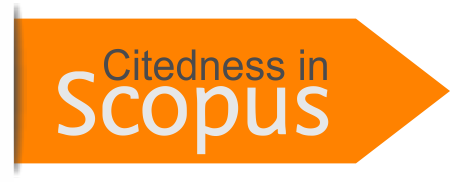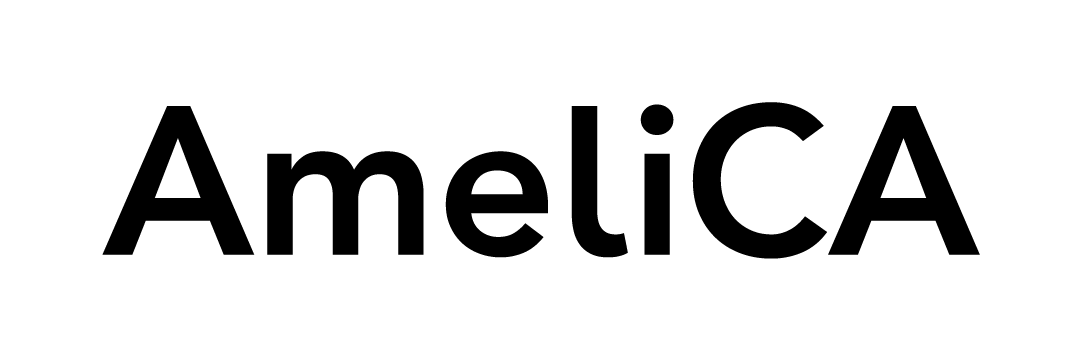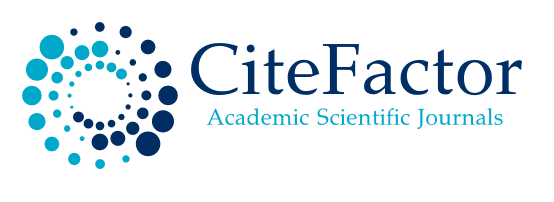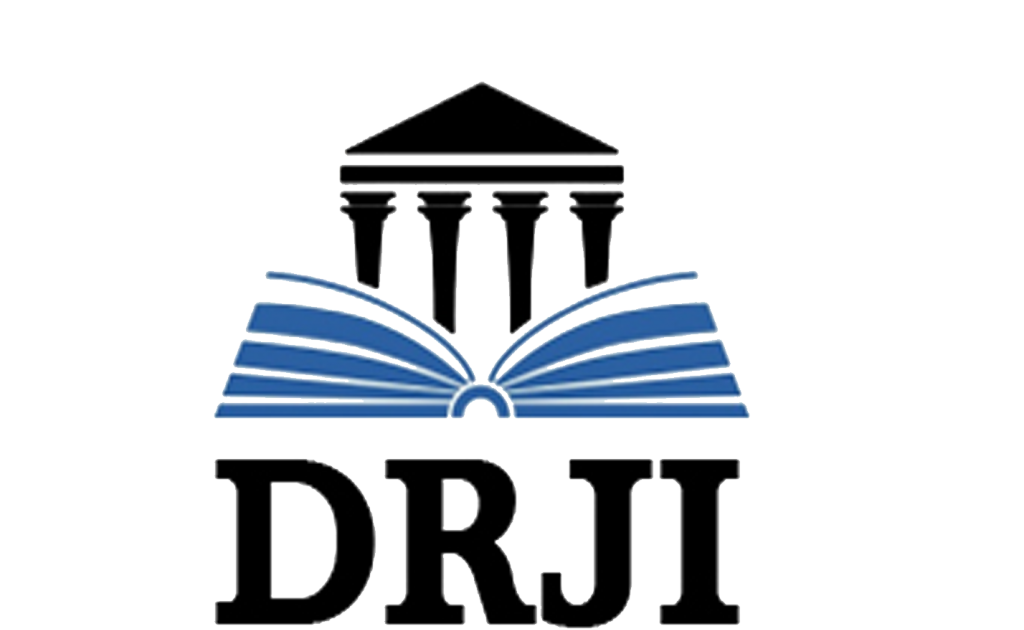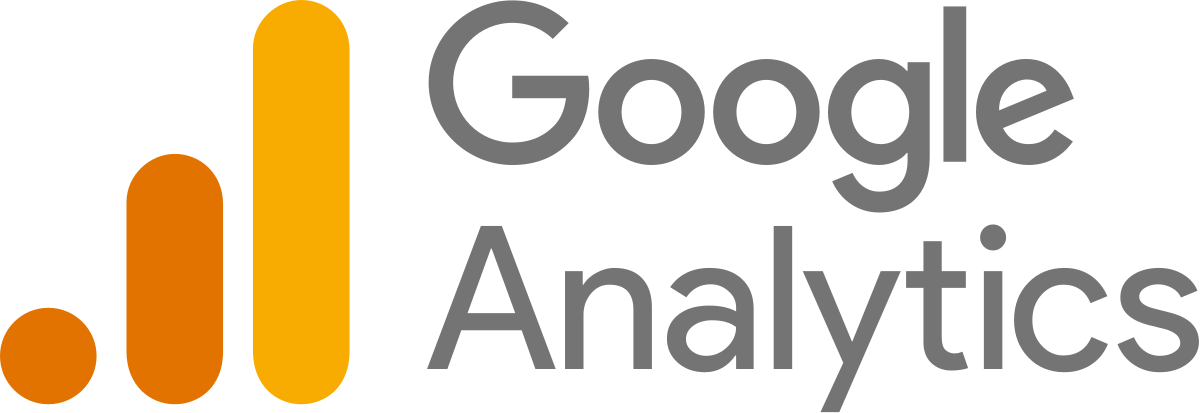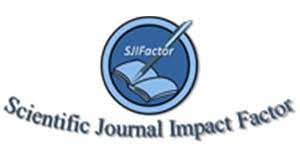Fukushima: El desastre mundial más grave de la historia: mecanismos moleculares
DOI:
https://doi.org/10.53591/rug.v118i1.852Palabras clave:
Radioterapia, Radioprotección, Imageamiento, Desfibrilación, LasersResumen
En marzo 11 de 2011, comenzó en Fukushima el mayor desastre de la historia de la humanidad. YouTube y otros medios independientes de internet nos mantienen informados sobre la creciente amenaza de Fukushima. Desde mi llegada al Ecuador en noviembre de 2012, he sido asiduo cliente de taxistas en Guayaquil: La Perla del Pacífico, mayor ciudad del Ecuador. Mi visa de trabajo me describe como Investigador. Por tanto, he sido fiel a esta descripción. Llego al fin de 2013 sin encontrar un taxista en Guayaquil que conozca la palabra Fukushima. Desde mis estudios universitarios (Escuela de Física, Universidad de La Habana) he estado interesado en Física Nuclear, Reactores Nucleares, etc. En 1972 terminé mis estudios y fui a trabajar para el Ministerio de Salud Pública (La Habana). Desde 1972 estudio los avances en Física Médica (Radioterapia, Radioprotección, Imageamiento, Desfibrilación, Lasers, etc). En 1972 también comencé mi entrenamiento como Biofísico y Fisiólogo. En 1977 defendí mi tesis de Doctorado. En 1989 comencé a estudiar Biología Celular y Molecular. He publicado en revistas internacionales prestigiosas (Science, Biophysical Journal, Physiological Reviews, etc). Aquí enfatizo nuestra obligación social y moral de mantenernos actualizados e informar al pueblo sobre Fukushima y su impacto en Ecuador.
Referencias
Alsbeih G, El-Sebaie M, Al-Harbi N, Al-Hadyan K, Shoukri M, Al-Rajhi N. 2013. SNPs in genes implicated in radiation response are associated with radiotoxicity and evoke roles as predictive and prognostic biomarkers. Radiat. Oncol. 8: 125.
Anderson PD, Bokor G. (2013). Nuclear and radiological terrorism: continuing education article. J. Pharm. Pract. 26(3):171-82.
Azzam EI, Jay-Gerin JP, Pain D. (2012). Ionizing radiation-induced metabolic oxidative stress and prolonged cell injury. Cancer Lett. 327(1-2): 48-60.
Bentzen SM, Overgaard M. (1991). Relationship between early and late normal-tissue injury after postmastectomy radiotherapy. Radiother. Oncol. 20(3): 159-165.
Burdak-Rothkamm S, Prise KM. (2009). New molecular targets in radiotherapy: DNA damage signalling and repair in targeted and non-targeted cells. Eur. J. Pharmacol. 625(1-3): 151-155.
Bustamante JO. (2005). Research methodologies for the investigation of cell nucleus. En: Nuclear Import and Export In Plants and Animals. Editores: Tzfira T & Citovsky V. Kluwer Academic/PlenumPublishers, New York, pp. 206-224.
Bustamante JO. (2006). Current concepts in nuclear pore electrophysiology. Can. J. Physiol. Pharmacol. 84(3-4): 347-365.
Bustamante Pérez JO. (2013). Canal José Pérez de YouTube. Canal creado por el autor de este artículo para albergar videos y artículos relevantes a este trabajo (dado el número rápidamente creciente de referencias bibliográficas). Ver Listas de Reproducción en la sección del canal denominada Acerca de (i.e., que contiene la descripción del canal). Consultado el 17 de noviembre de 2013 en: http://www.youtube.com/channel/UCxK7ttV_kq6BwXK8QFZr-8A
Byrd PJ, Srinivasan V, Last JI, Smith A, Biggs P, Carney EF, Exley A, Abson C, Stewart GS, Izatt L, Taylor AM. (2012). Severe reaction to radiotherapy for breast cancer as the presenting feature of ataxia telangiectasia. Br. J. Cancer 106(2): 262-268.
Carney JP, Maser RS, Olivares H, Davis EM, Le Beau M, Yates JR3rd, Hays L, Morgan WF, Petrini JH. (1998). The hMre11/hRad50 protein complex and Nijmegen breakage syndrome: linkage of double-strand break repair to the cellular DNA damage response. Cell 93(3): 477-486.
Cesaretti JA, Stock RG, Lehrer S, Atencio DA, Bernstein JL, Stone NN, Wallenstein S, Green S, Loeb K, Kollmeier M, Smith M, Rosenstein BS. (2005). ATM sequence variants are predictive of adverse radiotherapy response among patients treated for prostate cancer. Int. J. Radiat. Oncol. Biol. Phys. 61(1): 196-202.
Chen L, Gilkes DM, Pan Y, Lane WS, Chen J. (2005). ATM and Chk2-dependent phosphorylation of MDMX contribute to p53 activation after DNA damage. EMBO J. 24(19): 3411-3422.
Chua ML, Rothkamm K. (2013). Biomarkers of radiation exposure: can they predict normal tissue radiosensitivity? Clin. Oncol. (R. Coll. Radiol.) 25(10): 610-616.
Difilippantonio S, Nussenzweig A. (2007). The NBS1-ATM connection revisited. Cell Cycle 6(19): 2366-2370.
Falck J, Coates J, Jackson SP. (2005). Conserved modes of recruitment of ATM, ATR and DNA-PKcs to sites of DNA damage. Nature 434(7033): 605-611.
Falck J, Mailand N, Syljuasen RG, Bartek J, Lukas J. (2001). The ATM-Chk2-Cdc25A checkpoint pathway guards against radioresistant DNA synthesis. Nature 410(6830): 842-847.
Fang Z, Kozlov S, McKay MJ, Woods R, Birrell G, Sprung CN, Murrell DF, Wangoo K, Teng L, Kearsley JH, Lavin MF, Graham PH, Clarke RA. (2010). Low levels of ATM in breast cancer patients with clinical radiosensitivity. Genome Integr. 1(1): 9. doi: 10.1186/2041-9414-1-9.
Fernet M, Hall J. (2004). Genetic biomarkers of therapeutic radiation sensitivity. DNA Repair (Amst) 3(8-9):1237-1243.
Girard P-M, Foray N, Stumm M, Waugh A, Riballo E, Maser RS, Phillips WP, Petrini J, Arlett CF, Jeggo PA. (2000). Radiosensitivity in Nijmegen breakage syndrome cells is attributable to a repair defect and not cell cycle checkpoint defects. Cancer Res. 60(17): 4881-4888.
Goldberg M, Stucki M, Falck J, D’Amours D, Rahman D, Pappin D, Bartek J, Jackson SP. (2003). MDC1 is required for the intra-S-phase DNA damage checkpoint. Nature 421(6926): 952-956.
Goodarzi AA, Jonnalagadda JC, Douglas P, Young D, Ye R, Moorhead GB, Lees-Miller SP, Khanna KK. (2004). Autophosphorylation of ataxia-telangiectasia mutated is regulated by protein phosphatase 2A. EMBO J. 23(22): 4451-4461.
Gueven N, Fukao T, Luff J, Paterson C, Kay G, Kondo N, Lavin MF. (2006). Regulation of the Atm promoter in vivo. Genes Chromosomes Cancer 45(1):61-71.
Haber AH, Rothstein BE. (1969). Radiosensitivity and rate of cell division: “law of Bergonie and Tribondeau”. Science 163(3873): 1338-1339.
Helt CE, Cliby WA, Keng PC, Bambara RA, O’Reilly MA. (2005). Ataxia telangiectasia mutated (ATM) and ATM and Rad3-related protein exhibit selective target specificities in response to different forms of DNA damage. J. Biol. Chem. 280(2): 1186-1192.
Jeggo PA, Löbrich M. (2005). Artemis links ATM to double strand break rejoining. Cell Cycle 4(3): 359-362.
Kaliberov SA, Buchsbaum DJ. (2012). Chapter 7: Cancer treatment with gene therapy and radiation therapy. Adv. Cancer Res. 115: 221-263.
Kang J, Ferguson D, Song H, Bassing C, Eckersdorff M, Alt FW, Xu Y. (2005). Functional interaction of H2AX, NBS1, and p53 in ATM-dependent DNA damage responses and tumor suppression. Mol. Cell. Biol. 25(2): 661-670.
Kastan MB, Zhan O, El-Deiry WS, Carrier F, Jacks T, Walsh WV, Plunkett BS, Vogelstein B, Fornace AJ.
(1992). A mammalian cell cycle checkpoint pathway utilizing p53 and GADD45 is defective in ataxia-telangiectasia. Cell 71(4): 587-597.
Krenzlin H, Demuth I, Salewsky B, Wessendorf P, Weidele K, Bürkle A, Digweed M. (2012). DNA damage in Nijmegen Breakage Syndrome cells leads to PARP hyperactivation and increased oxidative stress. PLoS Genet. 8(3): e1002557.
Lavin MF, Khanna KK. (1999). ATM: the protein encoded by the gene mutated in the radiosensitive syndrome ataxia-telangiectasia. Int J Radiat Biol. 75(10): 1201-1214.
Le PN, Maranon DG, Altina NH, Battaglia CL, Bailey SM. (2013). TERRA, hnRNP A1, and DNA-PKcs
Interactions at Human Telomeres. Front Oncol. 3: 91. doi: 10.3389/fonc.2013.00091.
Liang N, Jia L, Liu Y, Liang B, Kong D, Yan M, Ma S, Liu X. 2013. ATM pathway is essential for ionizing radiation-induced autophagy. Cell Signal 25(12):2530-2539.
Lisby M, Barlow JH, Burgess RC, Rothstein R. (2004). Choreography of the DNA damage response: spatiotemporal relationships among checkpoint and repair proteins. Cell 118(6): 699-713.
Publicado
Número
Sección
Licencia

Esta obra está bajo una licencia internacional Creative Commons Atribución-NoComercial-SinDerivadas 4.0.
Los autores que publican en Revista de la Universidad de Guayaquil conocen y aceptan las siguientes condiciones:
- Los autores retienen los derechos de copia (copyright) sobre los trabajos, y ceden a Revista de la Universidad de Guayaquil el derecho de la primera publicación del trabajo, bajo licencia internacional Creative Commons Atribución-NoComercial-SinDerivadas 4.0 que permite a terceros compartir la obra siempre que se indique su autor y su primera publicación esta revista.
- Los autores conservan los derechos de autor y garantizan a Revista de la Universidad de Guayaquil el derecho de publicar el trabajo a través de los canales que considere adecuados.
- Los autores son libres de compartir, copiar, distribuir, ejecutar y comunicar públicamente la versión del trabajo publicado en Revista de la Universidad de Guayaquil, haciendo reconocimiento a su publicación en esta revista.
- Se autoriza a los autores a difundir electrónicamente sus trabajos una vez que sean aceptados para publicación.





